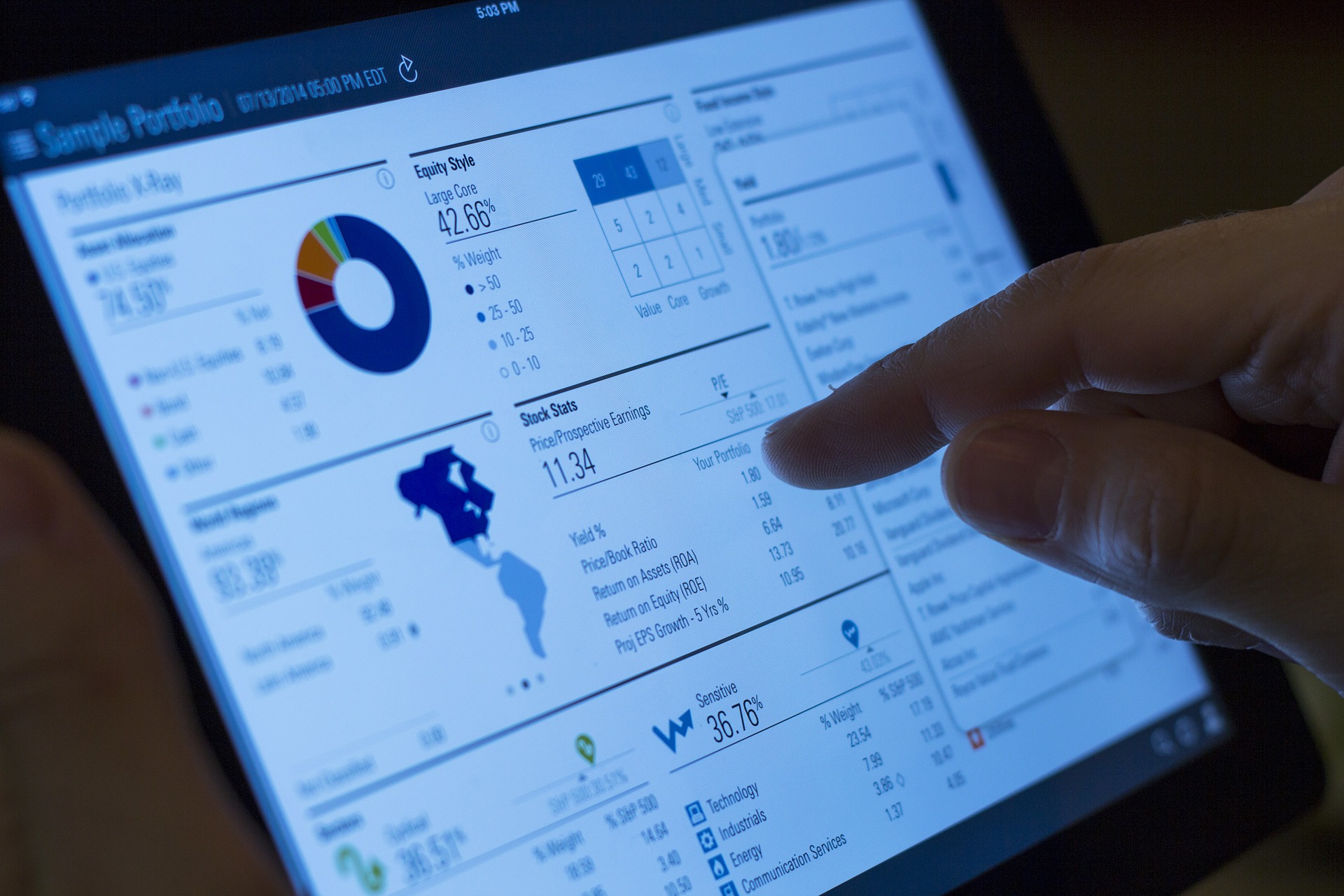Emerging markets is a buzzword that’s well-known in investment circles, but lesser known–to casual investors, especially–are frontier markets. However, as I argue in my book Frontier Investor: How to Prosper in the Next Emerging Markets, frontier markets are the new emerging markets, and many emerging markets are now closer to developed markets. Only a balance of all three types can constitute a strong investment portfolio.
Often the media paint emerging markets to be a great risk, let alone frontier markets. My own experience growing up in Switzerland–definitely a developed market–and spending summers with my grandparents in Yugoslavia taught me that media perception of a country can often color foreign investors’ viewpoint. This lens can predispose investors favorably or unfavorably toward a country’s investment market, but that bias may be misinformed.
I have traveled extensively and would tell these investors that some frontier markets are a good bet, while many emerging markets are as safe (or unsafe) a bet as developed markets. Investments in developed markets have proven to be less foolproof of late as many investments in emerging and frontier markets. Market behavior and government response during the global financial crisis demonstrated as much.
Over my career, I helped evaluate the sale of entire businesses, and thus learned to analyze potential investments based on company, country, market, currency, industry, and environment. Currency is often flagged as an investment risk for emerging and frontier markets, but I would point out that currency distorts the contributions made by frontiers markets to global GDP. Like a 2D world map in which country size becomes distorted due to the globe’s spherical 3D surface area, currency can mask proportions.
Purchasing power parity is essential in calculating any frontier investment. When adjusted for purchasing power parity, frontier markets make up 19% of global GDP, but only 1% of U.S. equity mutual fund assets are invested in these markets. Tremendous value and opportunity is obscured by the artificial categorization of countries into emerging and frontier markets.
By 2014, the economies of emerging markets accounted for approximately one-third of global GDP, with BRIC (Brazil, Russia, India, and China) making up the bulk of that number. This not only shows the value of emerging markets, but makes the case that emerging markets aren’t really “emerging” anymore–at least, not the way that term was originally conceived.
Enter frontier markets, the new “emerging” markets. Beginning in 1992, the term “frontier” was applied to represent smaller, less liquid, almost-emerging markets. The pool of potential investments is larger here, so investors will need to exercise discretion. Investment indicators include speed of economic growth, a robust macroeconomic envelope, promising demographics, and escalated incorporation into the world economy. Not all frontier markets are created equal: some are actually very wealthy, but small and restricted, like Saudi Arabia. If opened up, this market would likely assimilate into the global economy quicker than others.
Investors often cite the risks of investing in emerging and frontier markets: factors like economy size, market volatility, local currency, liquidity, security, government stability and policy, and environmental factors, like natural disasters. But the long-term gains are worth taking on some risk, if you take the time to consider localized conditions versus larger market trends. Frontier markets often benefit from smaller governments, less overhead, and cheaper labor and materials. Most importantly, as recent years have proved, strong investment returns come not only from developed and emerging markets, but frontier markets as well.







